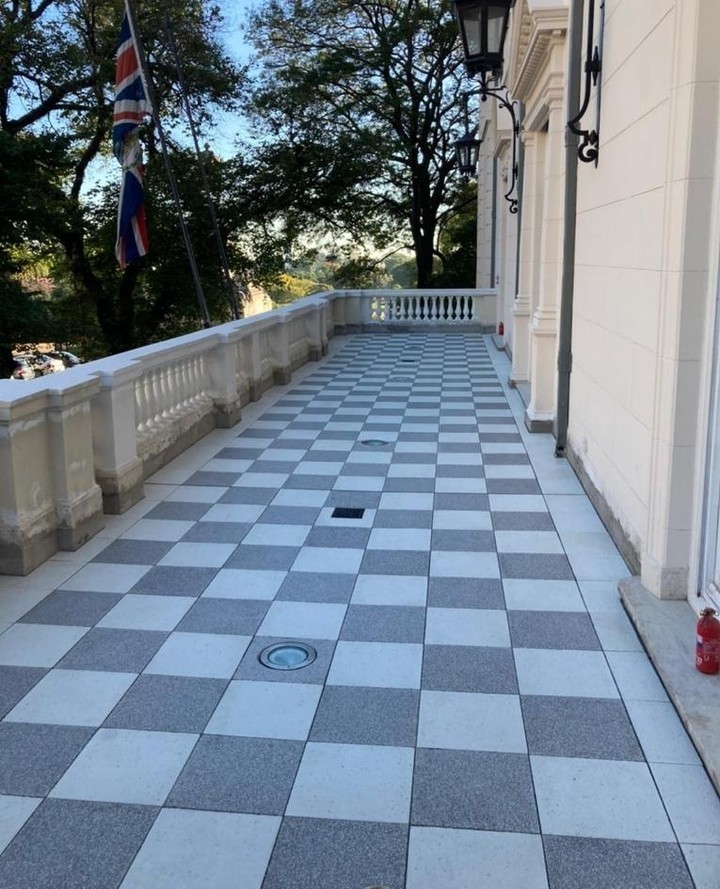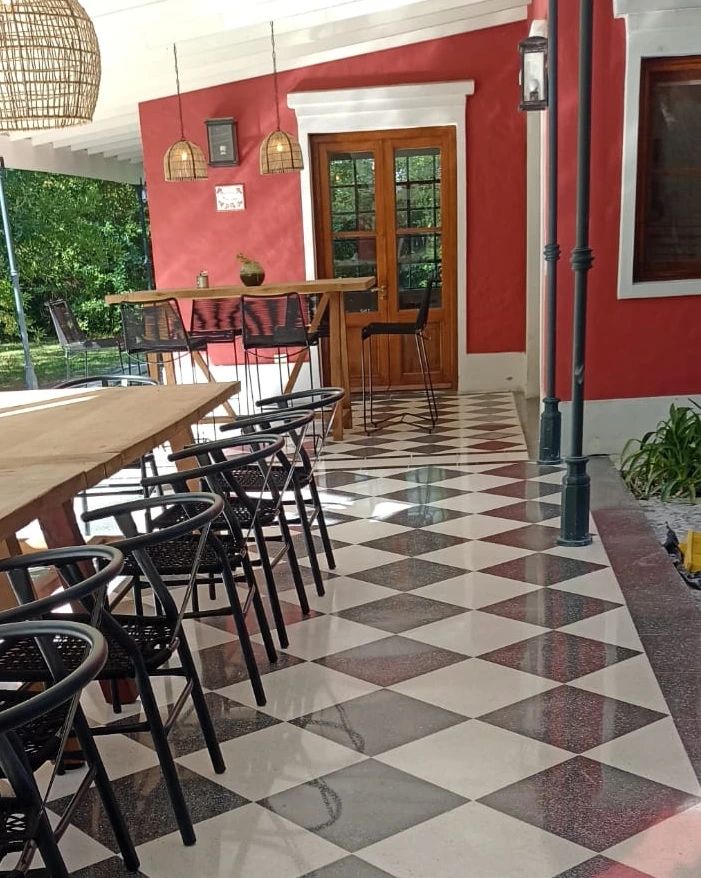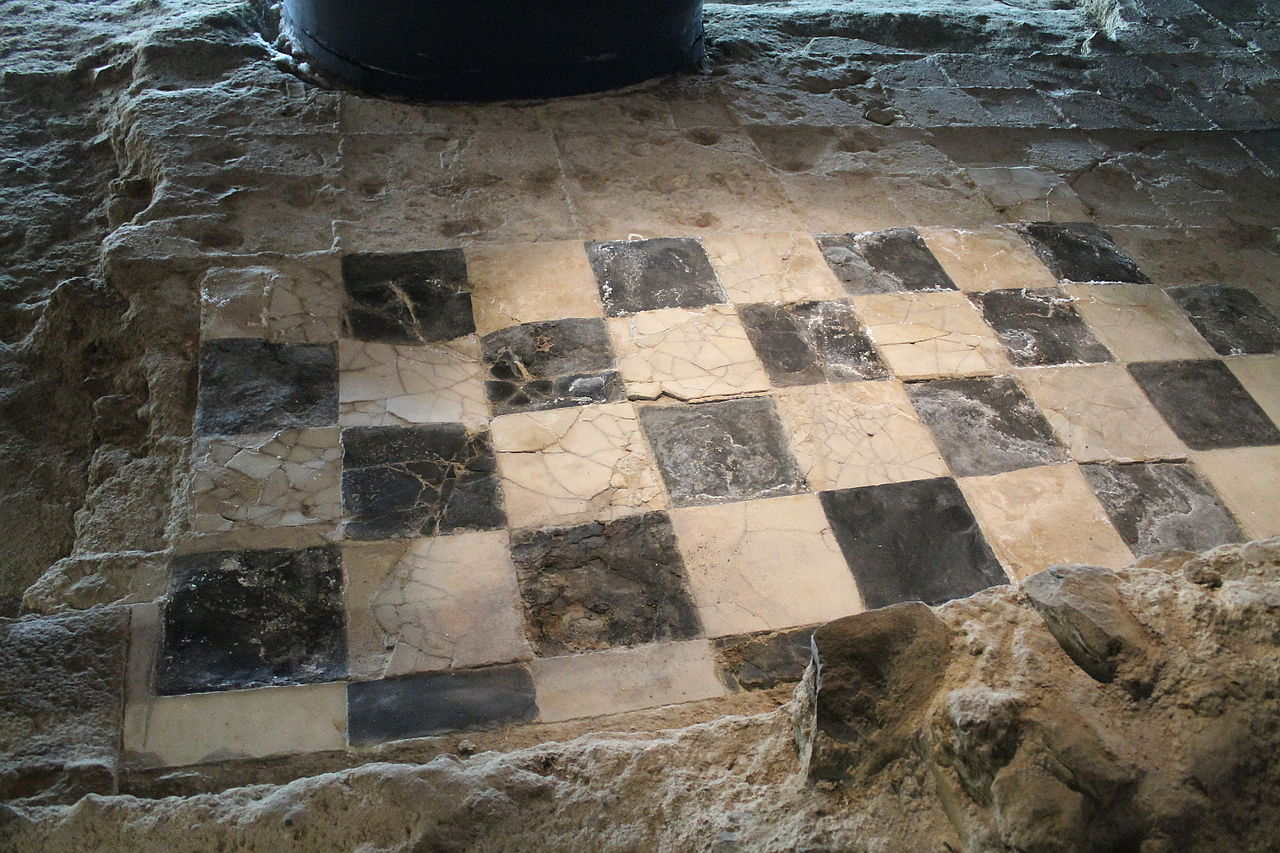Humans, at our core, are pattern creators. Our minds revel in discovering repetitive elements in everything around us, from the scales of snakes and the petals of flowers to the rugged, intercrossed summits of desert mountains. Pattern recognition is, in a way, our forte. Thus, it's no wonder that throughout history and around the world, cultures have adorned everything from walls and floors to themselves with the alternating squares of color or tone we know as "checkered".
Let's dive deep into the global appeal of this trend-defying, timeless pattern.
Checkmate
Archaeologists and art historians have found checkered patterns in ancient Egyptian hieroglyphs and pottery, and woven into fabric dating back millennia. And, of course, game boards have played a role in their longevity, too. The motif acquired its common name around the 7th century, from Shah, the ancient Persian word for king, derived from a distant ancestor of chess played on a board that would look quite familiar today. The game migrated to medieval Europe, and by the 11th century, it was known in France as échecs (chess). In Spanish, we adopted the word "damero" to refer to this pattern, clearly referencing the board used for playing checkers, the same one used for chess.
Checkers appear in medieval heraldry on coats of arms and family crests, and can be found on flags from race tracks to regattas today, owing both to their inherent visibility and their undoubtedly martial past.

Fashion
In fashion, checkered patterns have appeared everywhere, from the traditional tartans of Scottish clans to the eternally preppy ginghams (which, by itself, dates back at least 400 years). The Buffalo plaid, a large check variant in red and black, became the choice of American lumberjacks after Woolrich began producing fabric in that pattern in the mid-1800s. This variant is known for its large checks and contrasting colors.
In the 1970s and '80s, black and white checks became synonymous with the ska music style in England and America (symbolizing racial unity) — and remain a fashion staple for hipsters and punk skaters today.
Last June, Pharrell Williams — hip-hop megastar and creative director of men's fashion at Louis Vuitton — transformed Paris's historic Pont Neuf into a checkered runway to present his debut collection for Louis Vuitton (men's fashion, spring-summer 2024), showcasing suits, ties, coats, boots, wallets, and more with pixelated patterns that reinterpret LV's signature tonal check motif (also known as the damier) with a fresh, bold, and modern style. In addition to the sea of lucky fashionistas flanking the runway in Paris, the show was viewed by over 1 billion people worldwide, on LV's website and through media outlets.

Checkered as Coverings
Checkers have been a fundamental architectural feature for thousands of years, starting with the ancient Egyptians and Romans.
They were popular for large and luxurious spaces throughout the Renaissance and Victorian eras, appearing in some of the most famous palaces and ballrooms: Versailles, the Palace of Venaria, and the Tsarskoe Selo (summer residence of the Romanov tsars), just to name a few. The floor of Westminster Abbey in England was paved with black and white marble checkers in 1677. Also in the 17th century, Dutch painter Johannes Vermeer depicted checkered floors in many of his paintings, placing them diagonally to add depth and drama to the scene.
In America, the 20th century introduced the extensive use of ceramic tiles in kitchens and bathrooms, initially for their hygienic properties (facilitating cleaning in an era where germs and bacteria were beginning to be recognized as pathogens), and later for their durability and the aesthetic they conferred to spaces in an accessible manner. By the 1920s, black and white checkered floors were trending, and as the '30s approached, both the coverings and bathroom fixtures were tinged with color.
The emergence of linoleum floors, which made checkers more accessible and easier to install, kept the pattern popular among consumers through mid-century. Checkers were present in kitchens, foyers, and living rooms. Public spaces also joined this trend, with checkers adorning the floors of restaurants and bakeries, schools, and libraries.
Terrazzo Checkers
Although the era of linoleum floors has largely passed, the checker continues to be a design icon. Quadri's terrazzo slabs not only revive this tradition but enrich it with a contemporary palette of options. From the elegant simplicity of the Natural and Black Alps blends in our Chromatic collection, to checkers with more subdued tones like the Celadon and Natural mix, Quadri offers an array of options to fit any taste.
Our collections are designed not only to preserve the timeless appeal of the checker pattern but to push its boundaries, blending tradition with innovation. Whether for flooring or wall coverings, Quadri's terrazzo slabs offer durability, aesthetic appeal, and a nod to a design that has transcended cultures and epochs.


In summary, the checker pattern is much more than a simple geometric arrangement. It's a reflection of human creativity, a bridge between the past and the present, and a testament to our ongoing fascination with patterns that tell stories of cultures, innovation, and timeless design.

